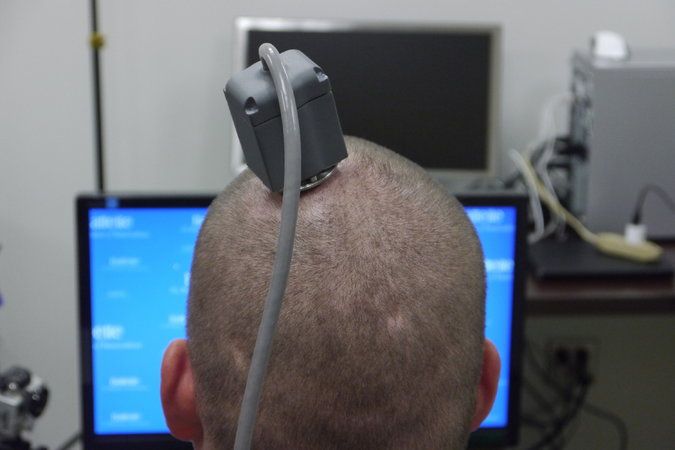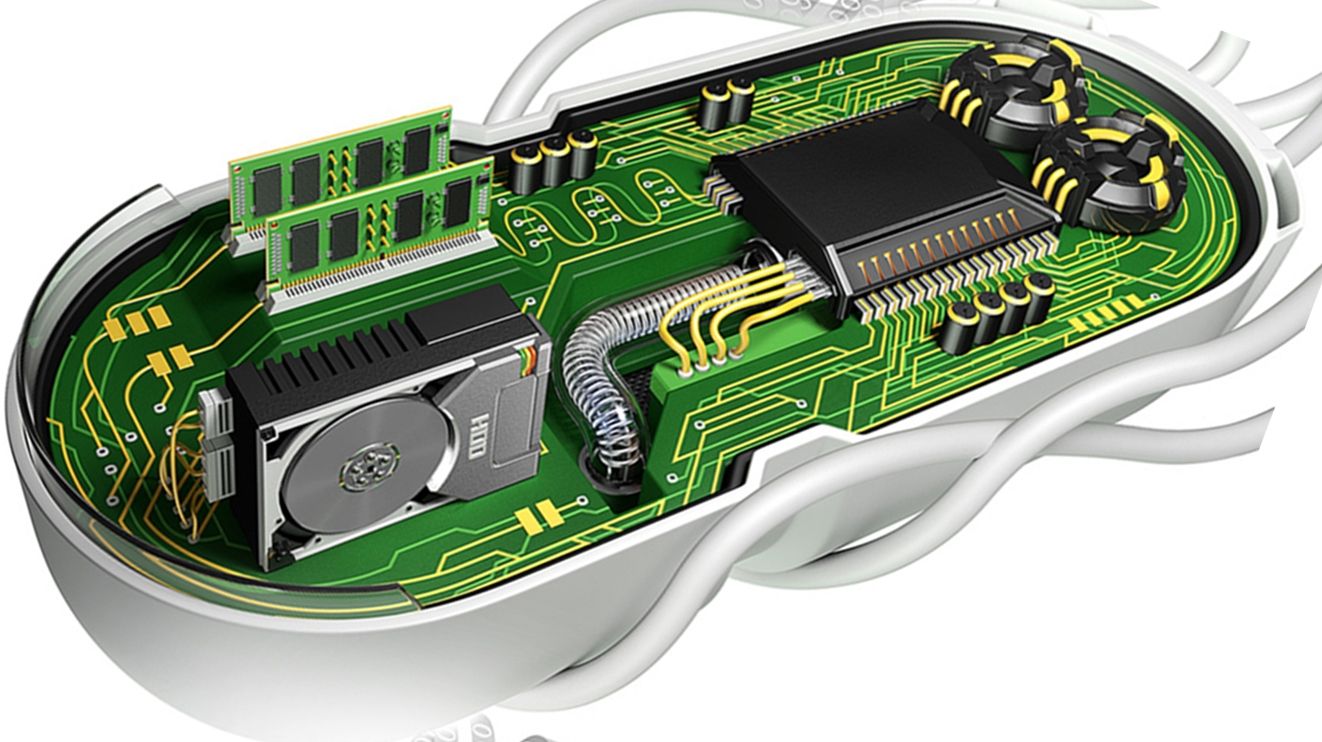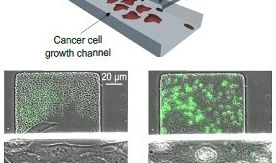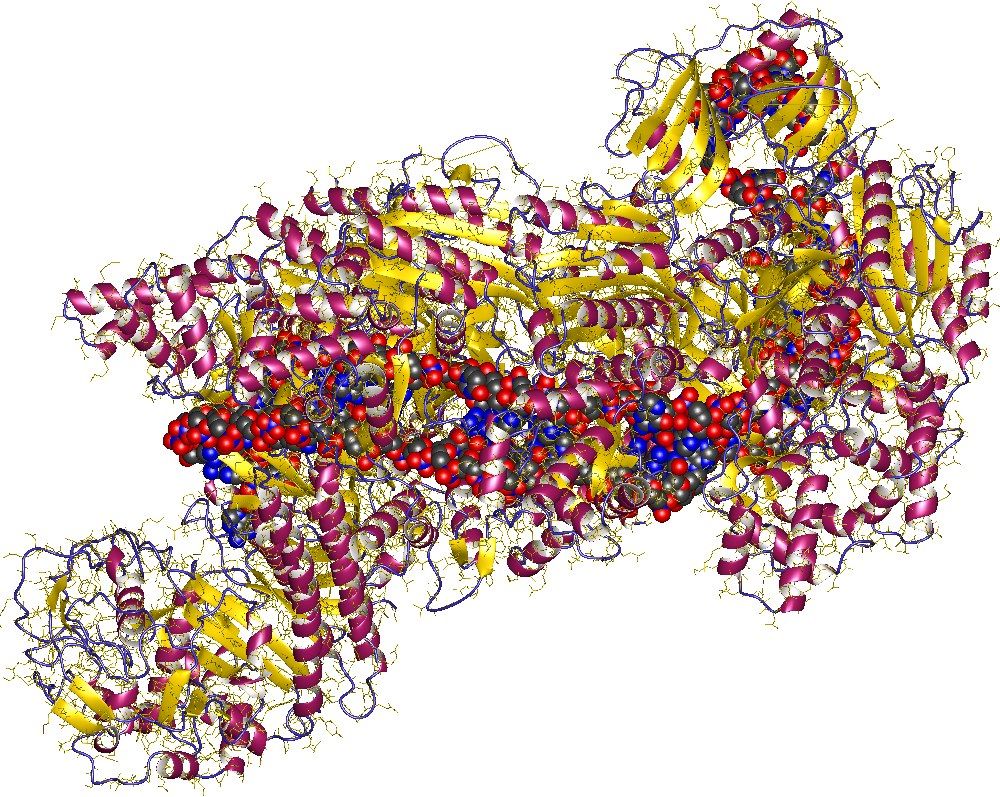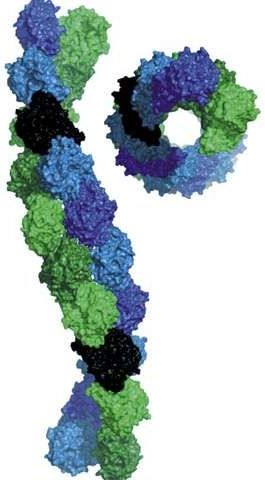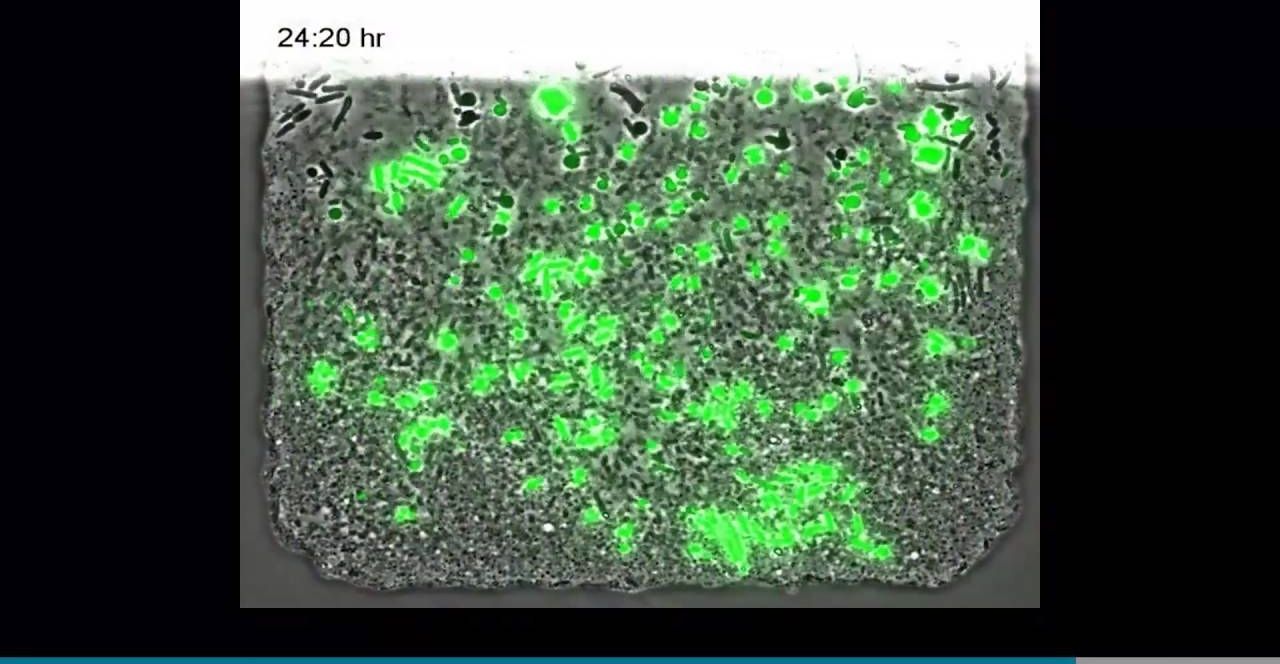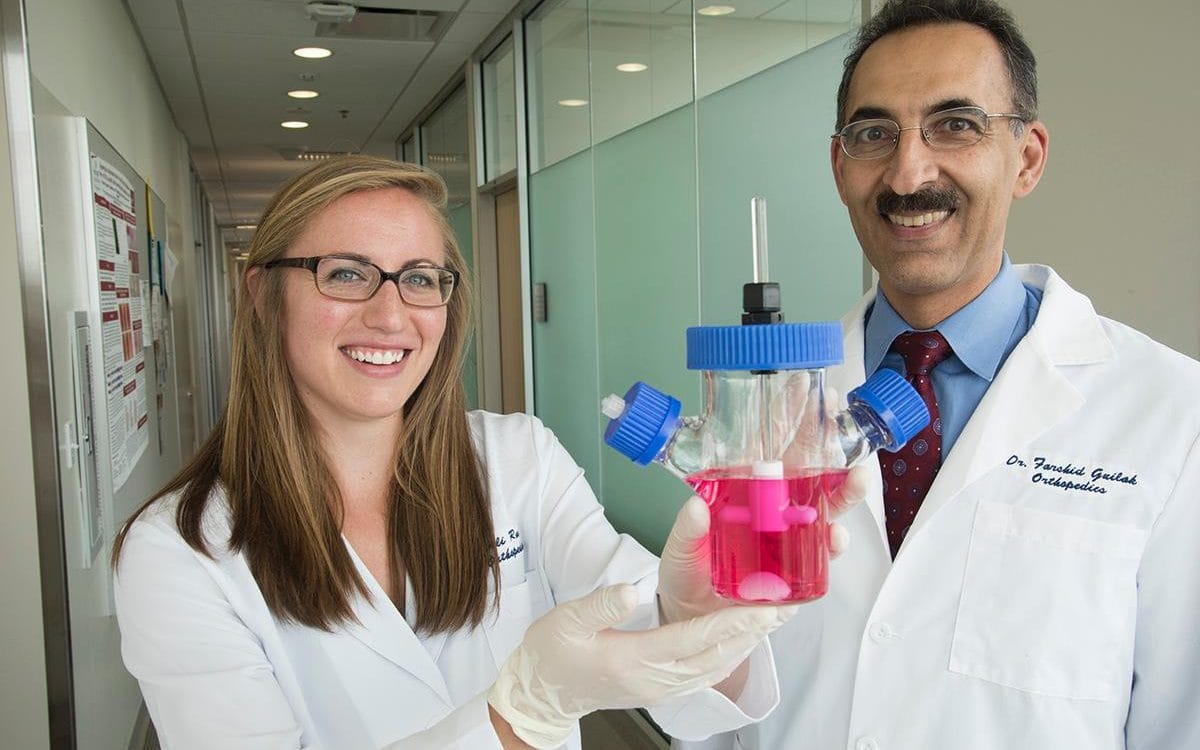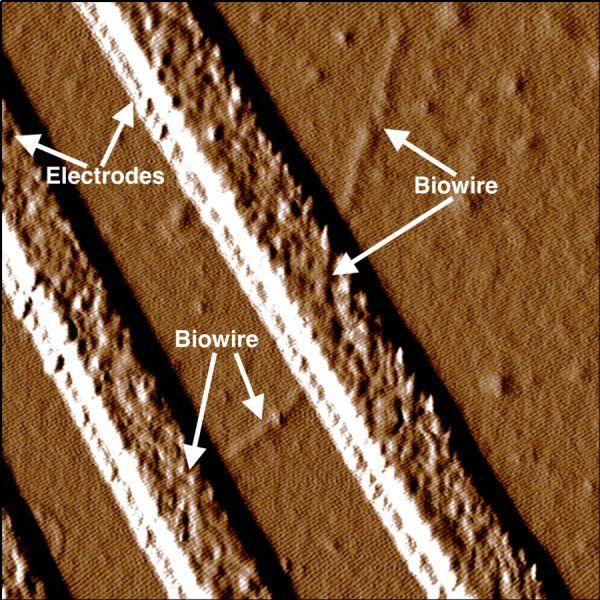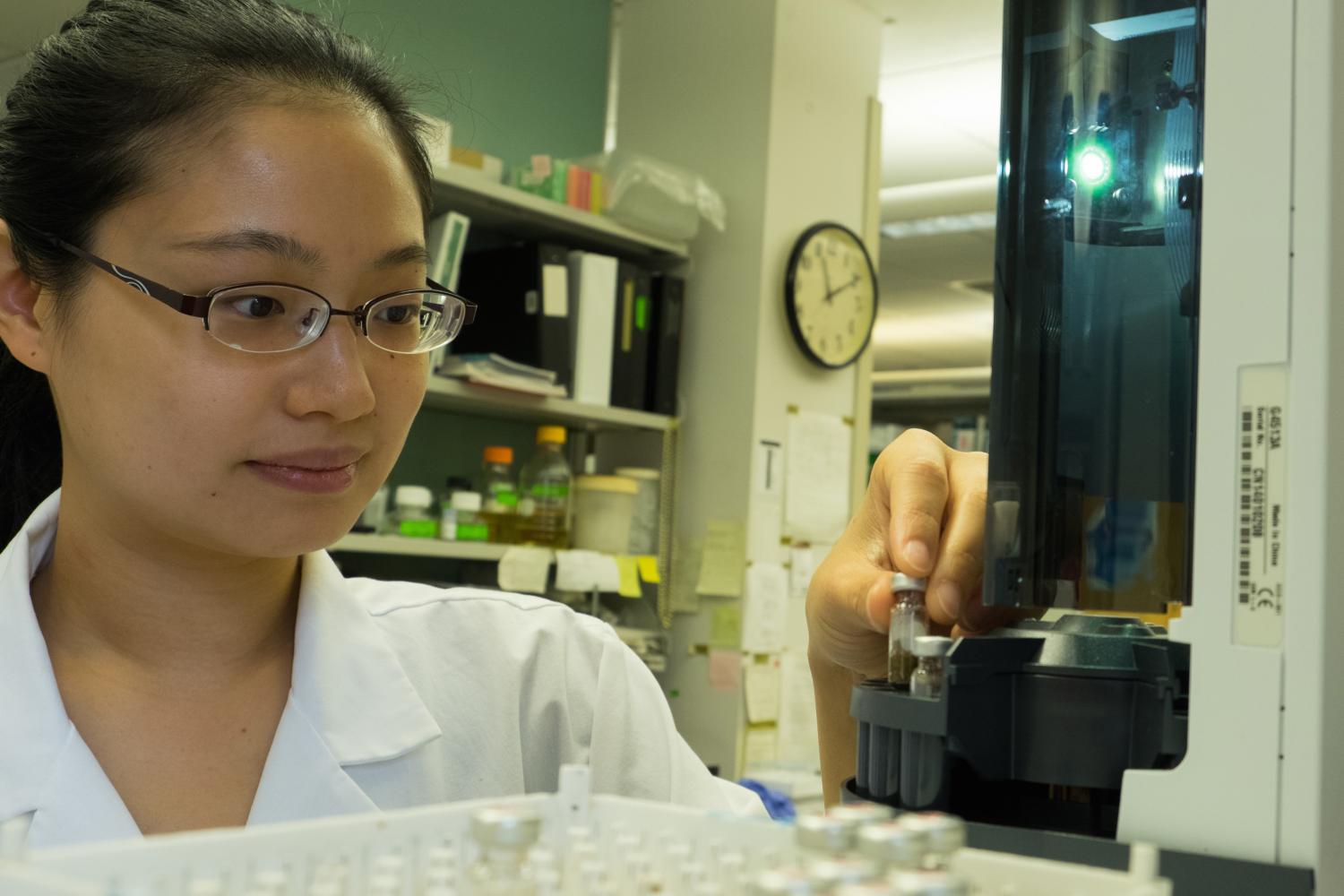Jul 26, 2016
Building a Better Human With Science? The Public Says, No Thanks
Posted by Aleksandar Vukovic in categories: bioengineering, biotech/medical, computing, neuroscience, science
The public was unenthusiastic on all counts, even about protecting babies from disease.
Americans aren’t very enthusiastic about using science to enhance the human species. Instead, many find it rather creepy.
A new survey by the Pew Research Center shows a profound distrust of scientists, a suspicion about claims of progress and a real discomfort with the idea of meddling with human abilities. The survey also opens a window into the public’s views on what it means to be a human being and what values are important.
Continue reading “Building a Better Human With Science? The Public Says, No Thanks” »
